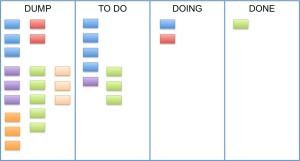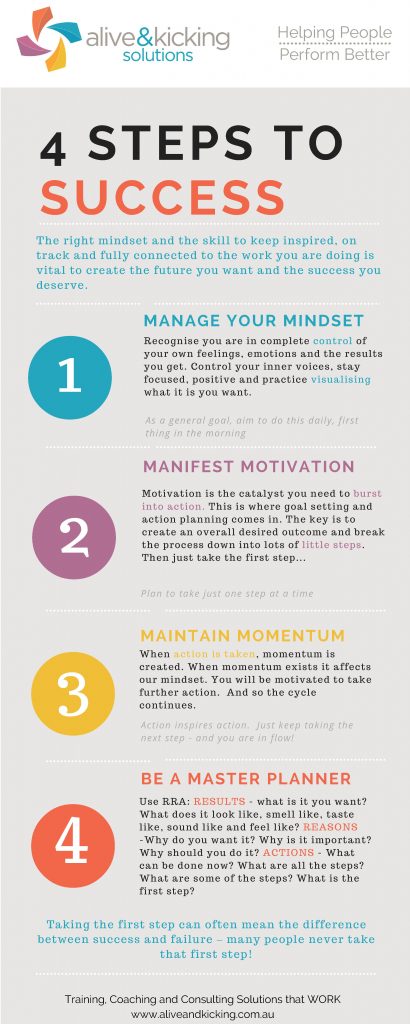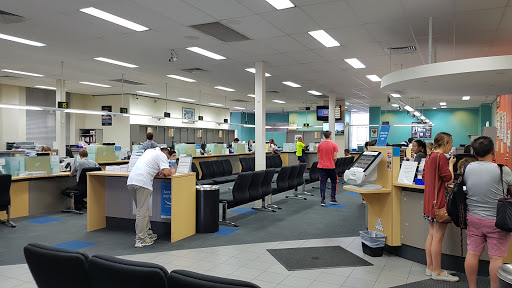This exercise requires a little focus and a little dreaming. Schedule some time now where you can be alone, in an inspiring environment, with your favourite pen and note pad and set yourself up for a fabulous 2018
- Part 1, go back to 2008 to see how far you have come.
- Part 2, envision 2028 and how far you can go.
- Part 3, define WHAT you want as an outcome at the end of 2018, and WHY.
- Part 4, plan HOW to get there, and how to arrive on 31 December 2018!
PART 1: LET’S GO BACK TO 2008
Around the turn of the year, it’s always good to look back.
And this is an interesting quote:
“Most people overestimate what they can accomplish in a year – and underestimate what they can achieve in a decade!” – Tony Robbins
So do you remember 2008?
That‘s 10 years ago…
(And yes I know, it sounds like 3 years ago, but that’s another story…)
So back to 2008:
- Where did you live?
- What did you do?
- Where did you work?
- What skills and knowledge did you have?
- How effective were you as an employee?
- What were your hopes and dreams?
Take a moment to reflect and makes some notes if you like……
So, a lot can happen in a decade!
If someone had asked you in 2008 – “Where will you be in 10 years?”
What would you have told them?
Are you today where you wanted to be back then?
- What did you learn in 10 years?
- What did you enjoy?
- What did you achieve?
- What did you give to the world?
- Who did you become?
Feel grateful for all you have received and gathered in your life the past 10 years: all the knowledge, skills, experiences, wisdom, life lessons, good feelings, and happy moments!
And take pride in how far you have come, and about the value you created, the quality of lives you already enhanced, and in who you became!
Plus, have faith in how far you can go the next decade!

PART 2: LETS FOCUS ON 2028
So now, let’s go forward to 2028…
10 years from now you will arrive…
And the question is:
- Where will you be?
- How will you live?
- What gifts and talents have you shared with the world?
- What will you have become?
- What will you contribute?
- What will you be, do, or have what you always wished for?
Take a moment to dream and make some notes…….
Now is the time to design the next 10 years of your life.
So as 2018 starts, ask yourself:
How am I going to live the next 10 years of my life?
What can I do:
- to discover my life purpose?
- to work on my life purpose?
- to expand my knowledge?
- to improve my skills?
- to gain experience?
- to fulfill my life’s work?
- to leave a legacy?
- to make a difference?
- to be able to help others?
- to enjoy life even more?
What actions can I take today, tomorrow, and the days after to get where I want to be in 10 years?
Let that mull over in the back of your mind whilst you go refill your mug of coffee or tea.
Part 3: Let’s focus on 2018!
Now it’s the time to design your year.
What do you want in 2018?
Decide what you want for a final outcome. And what do you need to change to not be in the way of yourself?
- What habits hold you back?
- How are you going to break the pattern?
- How are you going to live today to create the tomorrow you’re committed to?
Ask yourself some year-end questions:
- What ‘good habits’ did I practice in 2017?
- What ‘bad habit’ was still present in my life?
If I don’t change this ‘bad habit’ in 2018, what’s my short-term ‘pleasure’?
If I don’t change it, what will it cost me in the long run?
If I never change, what’s the ultimate price I will have to pay in 10 years?
What actions can I take in the New Year to turn things around?
What are my goals for 2018, so I can get closer to my Decade Dream?
Hmmm…. something to think about….
PART 4: IT’S ON! 2018 HERE WE COME!
This is the critical piece. We know that not everyone will make 2018 the success they want it to be. Its easy to work on parts 1,2 and 3 – those are the reflecting and dreaming states. Part 4 is where the magic happens, but it is hard and not everyone will do it.
Why?
Because it’s time-consuming.
It’s thought-demanding work.
And yet, many people who work hard day in and day out – at jobs they don’t necessarily like – when asked to take time to design their own futures to break that cycle, they often reply:
“I don’t have time!”
They let their future slide.
Most people don’t make definite plans…
They HOPE things will get better for them in 2018.
They start the new year with their fingers crossed for 2018.
They go around with a worried look on their face.
Remember:
Writing your goals down shows that you’re committed to growth, that you’re serious.
And to do better, you’ve got to get serious.
So don’t be afraid to set a goal and get moving.
The journey will take you far beyond your wildest dreams.
Because goals are powerful.
They DRAW you to changes…
To growth…
To new and creative ideas…
To untapped potential and talents that you never knew existed…
You’ll be able to handle things you never thought you could handle…
You’ll be able to accomplish things that seemed impossible to achieve…
Give yourself the chance to become all you can become in 2018!
To accomplish all you can accomplish in 2018!
Don’t underestimate the power of the last decade. What did you feel i Part 1 of this exercise, as you reflect on how far you’ve come since 2008.
Gather up this past decade…
All the knowledge you gained…
The skills…The wisdom…The experiences…And life lessons…
And invest them in 2018!
Start something new, change things for the better, renew yourself in body, mind, heart and soul!
Plan a 2018 worth getting excited about.
Create a strong magnet to pull you forward!
You see, that’s the main reason for setting goals: It’s to encourage you to become the person it takes to achieve them.
So decide:
“This is what I want, and I am willing to become the kind of person that it will take!”.
Because if you’re willing to learn, read, study, and grow, and to become what you must become, then you will attract what you want.
LET’S MAKE YOUR 2018 PLAN
To do so you need:
1. Your goals as defined in part #3.
2. A set of actions that will lead to the final outcomes.
3. Dates and times to take those actions.
Now to achieve your goals, you have 365 days, where you can take massive action, by taking one step at a time.
And to not get overwhelmed with the big end goals, you can define sub-goals for each QUARTER of the year…
And for each MONTH…
And finally, know what you want to achieve this WEEK…
And that leads to what needs to be done TODAY!
Now to help you chunk it, let’s use two things:
A DUMP-TO DO-DOING-DONE board for a complete overview of the set of actions.
Your daily journal to schedule the actions on a certain date and time.
WHY and HOW to use the DUMP-TO DO-DOING-DONE board:
The board is used to get you to actualise your ultimate goals.
And this is how it works:
- Put all actions that will lead to your outcome on little sticky notes, and ‘dump’ them in the DUMP area.
- Put the actions you will do in January or in Q1 in the TO DO area.
- When you really start doing a certain action, move it in the DOING area.

- And when you did it, you move the sticky note to the DONE area.
So during the year, all stickies will move from the DUMP area, into the TO DO area, then the DOING area and finally they end up in the DONE area.
This way, you always have an overview of what still needs to be done to reach your final outcomes!
With the board, you will use your daily journal to schedule the actions that are waiting in the TO DO area, so you know when you will be doing them on a specific date and time.
So the combo board + journal will keep you on track along the year.
And because of the board, you don’t end up with never-ending to-do lists which have no connection to whatever your bigger picture is.
With the board, you know that all the actions you do are connected to your ultimate vision for 2018 (part 3), and your Decade Dream (part 2)!
How cool is that!









 This session contained the defining items that made the difference in people being more capable of handling challenge in their environment. As a result of this session the culture was truly changing, and people were becoming far more resilient and confident, particularly in their interactions with customers.
This session contained the defining items that made the difference in people being more capable of handling challenge in their environment. As a result of this session the culture was truly changing, and people were becoming far more resilient and confident, particularly in their interactions with customers. 
